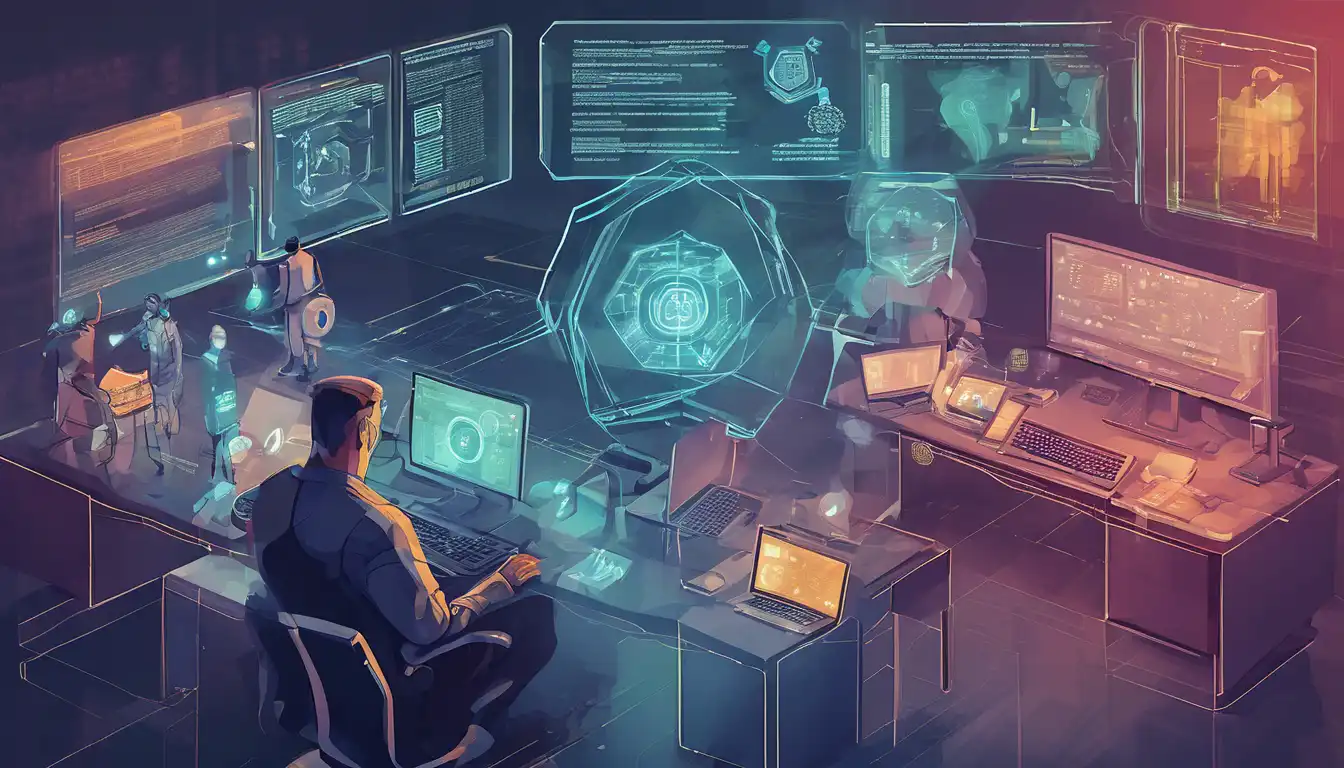Introduction to Cybersecurity Trends
In the ever-evolving digital landscape, staying ahead of cybersecurity threats is paramount for businesses and individuals alike. The year 2023 has brought forward innovative strategies and technologies designed to fortify defenses against increasingly sophisticated cyber attacks. This article delves into the latest trends in cybersecurity defense, offering insights into how you can protect your digital assets effectively.
Artificial Intelligence and Machine Learning
Artificial Intelligence (AI) and Machine Learning (ML) are at the forefront of cybersecurity defense. These technologies enable the detection of anomalies and potential threats in real-time, significantly reducing response times. By leveraging AI and ML, organizations can predict and neutralize threats before they materialize, ensuring a proactive approach to cybersecurity.
Zero Trust Architecture
The Zero Trust model has gained traction as a robust framework for securing networks. Unlike traditional models that operate on the assumption that everything inside an organization's network is safe, Zero Trust requires verification from everyone trying to access resources on the network. This minimizes the risk of internal and external breaches, making it a critical component of modern cybersecurity strategies.
Cloud Security Enhancements
With the increasing adoption of cloud services, securing cloud environments has become a priority. Enhanced cloud security measures, including encryption and multi-factor authentication, are being implemented to protect data stored in the cloud. These measures ensure that sensitive information remains secure, even in the event of a breach.
Ransomware Defense Mechanisms
Ransomware attacks continue to pose a significant threat to organizations worldwide. In response, advanced ransomware defense mechanisms, such as behavior-based detection and automated backups, are being developed. These solutions aim to prevent ransomware attacks from succeeding and to minimize data loss in the event of an attack.
Implementing Cybersecurity Best Practices
Adopting the latest trends in cybersecurity is only part of the solution. Implementing best practices, such as regular software updates, employee training, and incident response planning, is equally important. By combining cutting-edge technologies with sound cybersecurity practices, organizations can create a comprehensive defense strategy against cyber threats.
Conclusion
The landscape of cybersecurity is constantly changing, with new threats emerging regularly. However, by staying informed about the latest trends and implementing robust defense mechanisms, it is possible to safeguard digital assets effectively. The trends highlighted in this article represent the forefront of cybersecurity defense in 2023, offering a roadmap for enhancing your organization's security posture.
